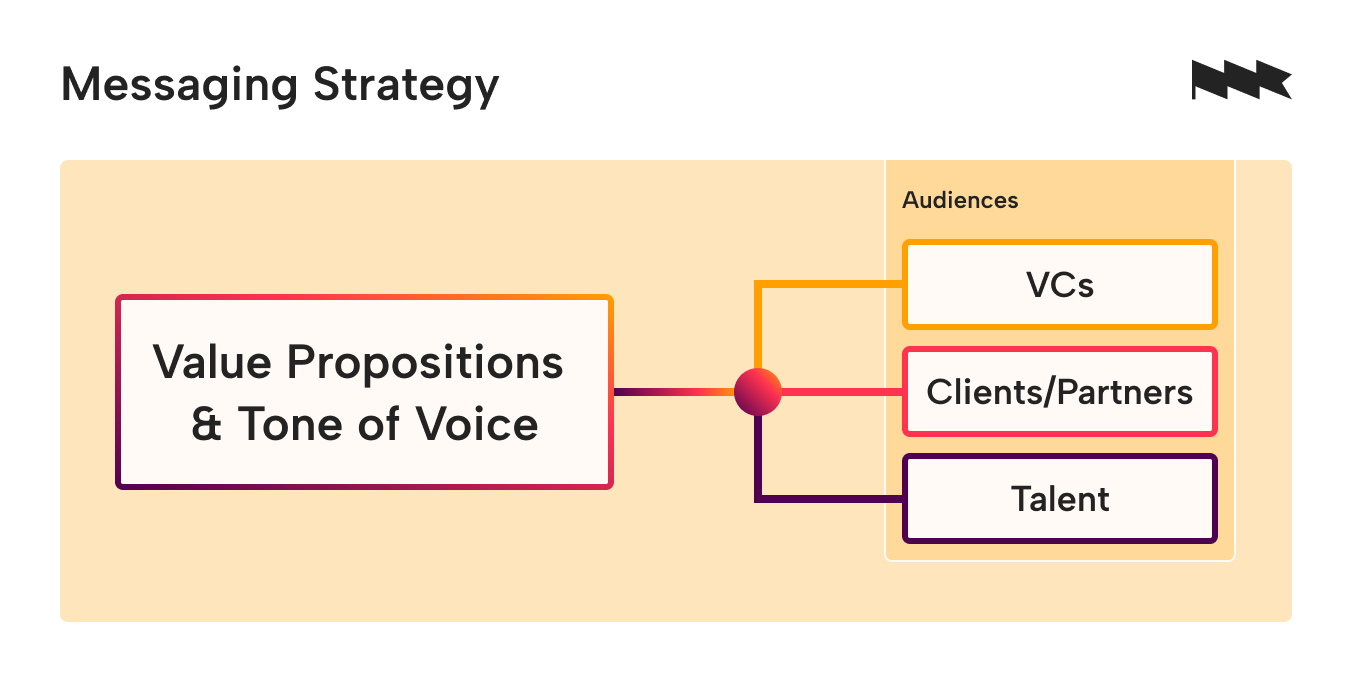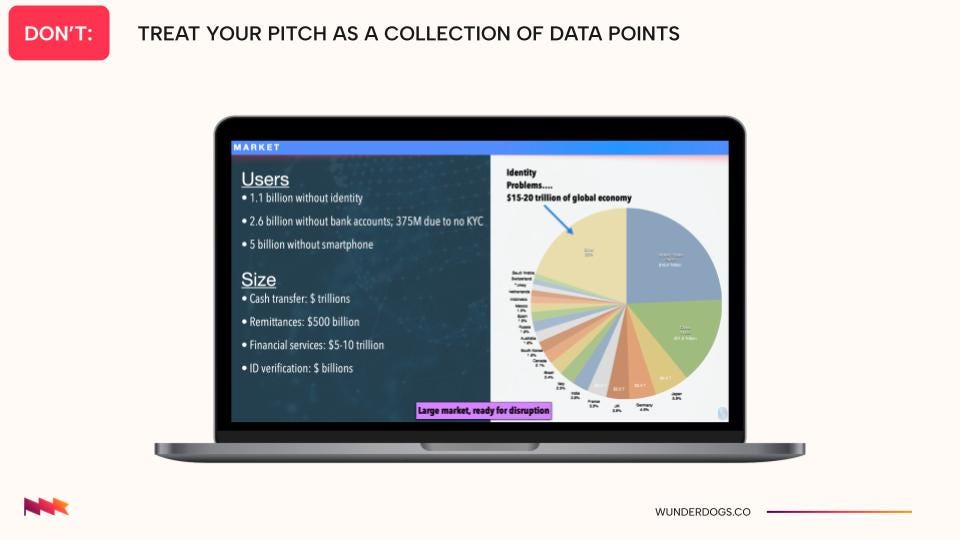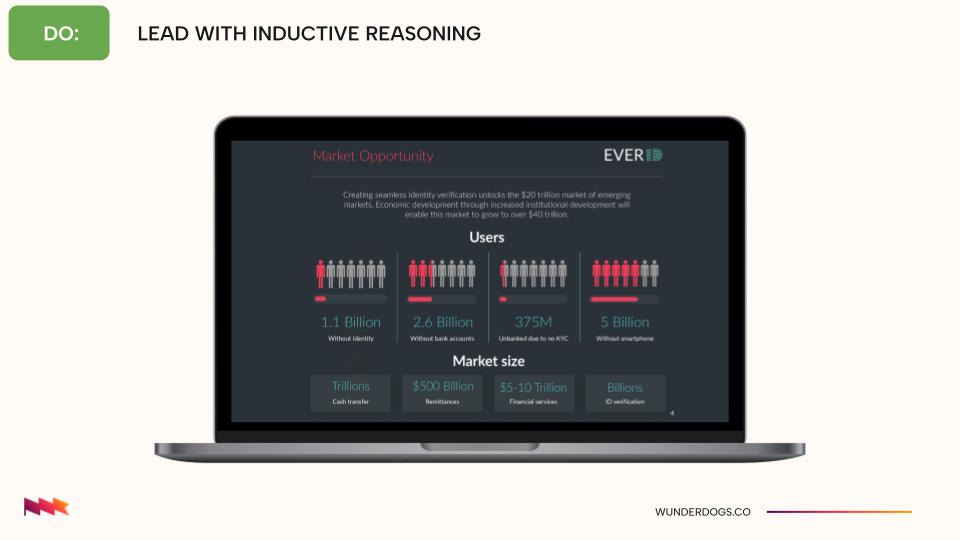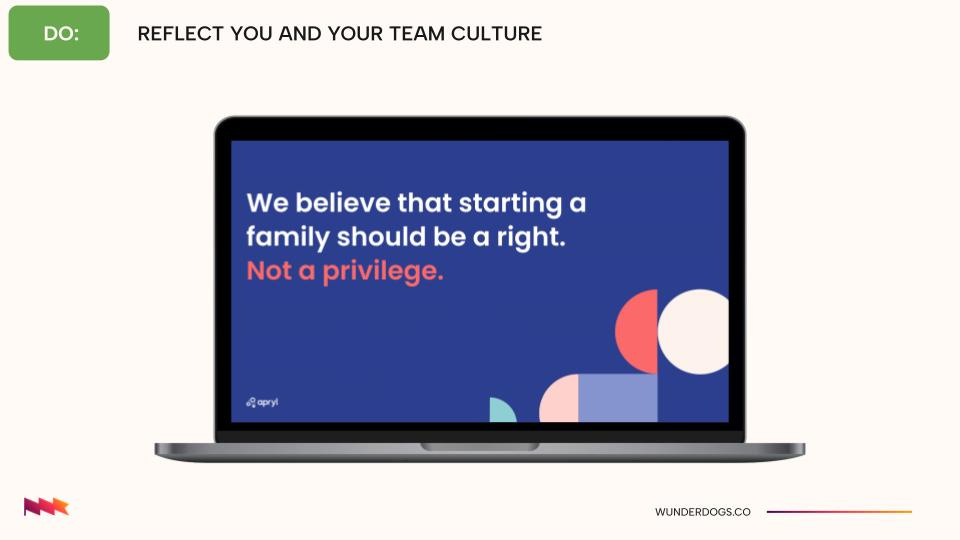What Do Bio(Tech) Audiences Want to Hear?
How to Tailor Your Messaging Strategy for VCs, Clients, and Talent
Effective communication is about more than just sharing what you do; it’s about understanding what your audience wants to hear, and saying it in a way that engages them.
To stand out, you need to shift your perspective—focus on their priorities, not just yours. This is where a strong messaging strategy comes in. It serves as a blueprint, capturing your company’s core story, value propositions, and the proof points that back up your claims. It’s also your guide to keeping a consistent voice, even as you adjust your message for different audiences.
But when you’re engaging with multiple groups—investors, partners, and potential hires—how do you strike the balance between tailored communication and maintaining consistency? Here’s what you need to know to get it right.
1. Your Audiences: The Same, But Different
Your audiences may share some common ground: they are aware of your industry and technology, they’re interested in solutions to the problems you’re tackling, and they care about the strength of your team and the credibility of your claims.
But their priorities differ, and so should your messaging.
VCs: Investors will be focused on market potential, scalability, and your credibility in delivering your claims. For example, a BioTech startup focused on novel cancer therapies might focus its pitch on its large addressable market, unique technology that differentiates it from competitors, and a clear timeline towards getting their drug candidates to clinical trials.
Clients/Partners (e.g., healthcare providers, research institutions): This group cares about product efficacy, safety, regulatory approvals, and real-world impact. A BioTech company aiming to partner with hospitals or research labs might highlight clinical data, proven results in patient outcomes, and robust compliance with regulatory requirements to make a compelling case.
Talent (e.g., researchers, engineers, operational leads): For prospective team members, the focus shifts to mission alignment, company culture, and growth opportunities. A startup recruiting top researchers might emphasize its pioneering work in an emerging field and how joining the company offers a unique chance to drive change in the industry.
Understanding these differences is the first step in crafting messages that resonate with each audience.
2. Adapting Your Value Proposition
While all your messaging should revolve around the same core value proposition, tailoring it to suit different audiences is essential.
For VCs, emphasize the financial upside and growth potential. Talk about the scalability of your technology, the size of the market, and how your startup could potentially become a leader in its niche. VCs want to hear about the roadmap to profitability, including key milestones like clinical trial phases or new market approvals that could drive up your valuation.
For buyers and partners, the focus shifts to product reliability, safety, and efficacy. They want to know how your technology will solve their specific challenges, whether it's improving patient outcomes, reducing costs, or streamlining processes. Highlighting case studies or clinical results can be particularly effective here.
For talent, it’s about mission and vision—how their skills can contribute to groundbreaking work, and the difference they can make by joining your team. Here, emphasizing your commitment to innovation and offering a collaborative environment can make all the difference.
3. Effective Messaging Frameworks: How Do They Work?
Before tailoring your messages to different audiences, you need a strong core story. This story begins by looking inward: what makes your startup unique? Is it a breakthrough technology, a unique blend of talent, or promising early results? What principles define your company’s vision? Once you have your core narrative, adapting it to suit different audiences becomes much easier.
An effective framework balances technical depth and simplicity. When addressing buyers, you might lean into the technical specifications, clinical outcomes, and safety protocols. In contrast, for investors, you might streamline the narrative to focus on market potential and key milestones, making it easier to understand how these technical achievements translate into financial returns.
For instance, a BioTech startup developing gene therapies might highlight the intricacies of its CRISPR technology when talking to research partners but emphasize the vast market potential for treating genetic disorders when pitching to VCs.
4. Your Channel Matrix
The channels through which you communicate also play a crucial role in how your message is received. Different audiences require different touchpoints, and it’s important to align your messaging with the right communication platforms.
VCs
Channels: Pitch decks, investor meetings, webinars, LinkedIn.
Messaging Focus: Highlight scalability, market size, competitive advantages, and potential ROI. A well-crafted pitch deck should distill your complex technology into a compelling story that makes investors excited about the opportunity.
Buyers/Partners
Channels: Sales decks, white papers, industry conferences, email campaigns.
Messaging Focus: Focus on product efficacy, clinical data, and case studies that demonstrate the real-world impact of your technology. Industry conferences are excellent platforms to present your latest research and build credibility among potential partners.
Talent
Channels: Website careers page, social media (LinkedIn, Twitter), job postings.
Messaging Focus: Highlight your mission-driven culture, opportunities for growth, and the chance to work on cutting-edge projects. For example, sharing team success stories or behind-the-scenes insights on LinkedIn can attract candidates who align with your vision.
By mapping out which channels to use for each audience, you ensure your tailored messages reach the right people in the right way.
Dos & Don’ts
Final Thoughts
Tailoring your messaging for different audiences while maintaining a consistent core story is key to building relationships with your audiences and driving growth. By understanding what each audience values, adapting your value propositions, creating a flexible messaging framework, and using the right communication channels, you can turn a complex, science-driven narrative into a compelling story that resonates with investors, partners, and talent alike.
Learn more about how to craft the ideal pitch deck for your biotech organization in this recording of a webinar Wunderdogs hosted with Bits in Bio:
Editors Note: This article was authored by the Wunderdogs and published by Bits and Bio.












